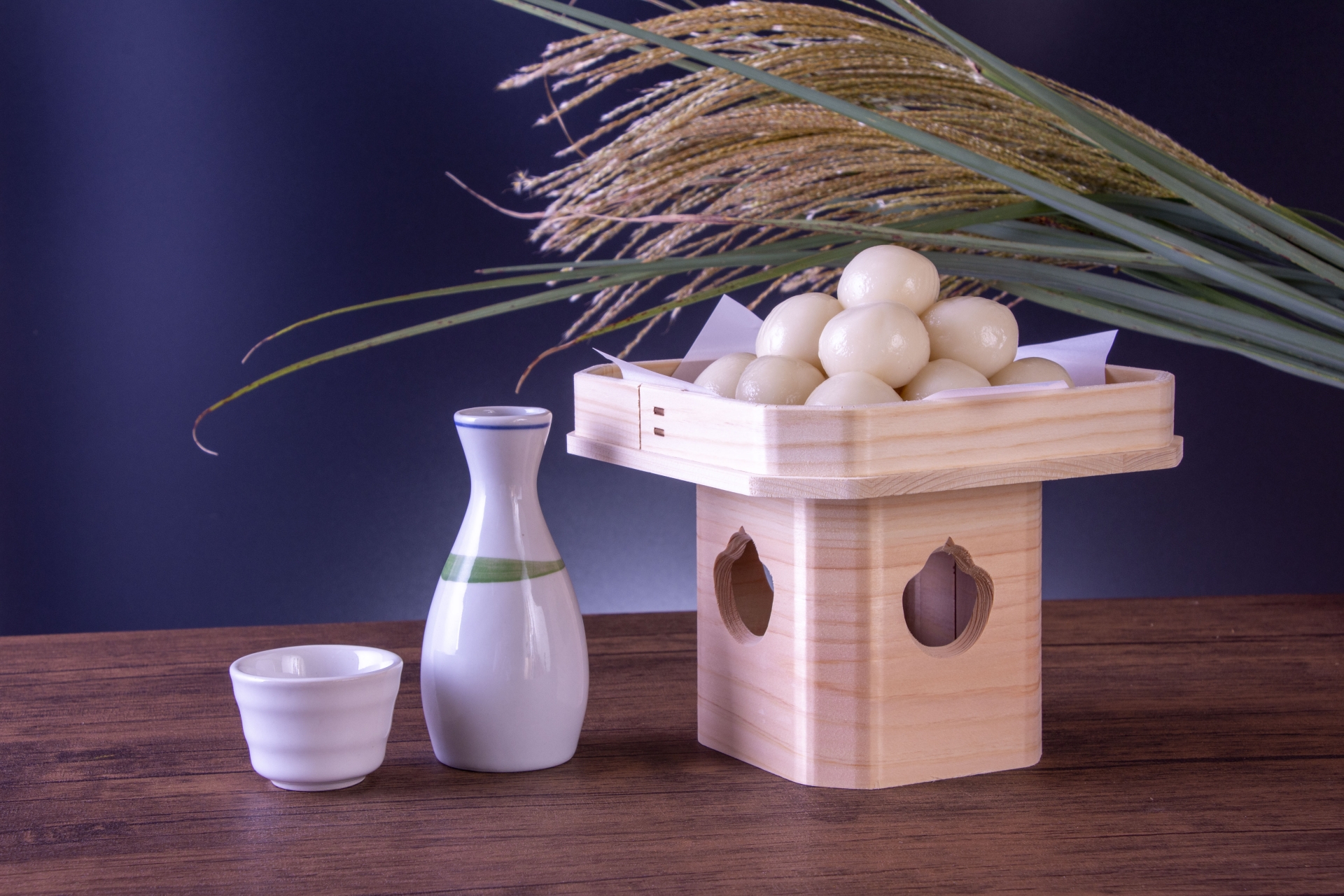ふりがな付き和文は英文の下です。The Japanese text with Ruby is at the bottom of this page.
The Day of Good Couples

In Japan, some say November 22 is “Day of Good Couples”.
The reason is just a word play. November 22 can also be written “1122″, which can be read “i” “i” “hu” and “hu” in Japanese. As you know, “i” is the first part of “ichi” meaning “one”. And “hu” is the old Japanese way of saying “two” as in “hutatsu (two pieces)” and “hutari (two persons)”.
We didn’t know what couples do in Japan on the Day of Good Couples and checked on the Internet.
It seems there is a common background where the Japanese are not usually able to say “I love you. I thank you for being with me” to their spouses.
So the promoters tell people to “materialize your love and gratitude and all your feelings for your spouse” on the Day of Good Couples. For example, you can buy a bunch of flowers or fancy chocolate for your spouse. After all it’s another opportunity for prompting people to spend money on something…?
But maybe a lot of Japanese are too shy to say straightforward “I love you. I appreciate you are with me.” and so they find buying a present and giving it is easier.
[End of the English Post]
いい夫婦の日
11月22日は日本では「いい夫婦の日」とも言われます。
理由はただの語呂合わせで、11月22日は1122と書いて、「い」「い」「ふ」「ふ」と読めるからです。「ふ」は「2」の古い日本語です。「ふたつ」「ふたり」などとも言いますね。
私たちは、日本の夫婦たちがいい夫婦の日に何をするのか知りませんでしたので、インターネットで調べました。
日本人はふだん配偶者に「大好きです。一緒にいてくれてありがと」ということがなかなかできないという一般的な背景があるようです。
それで、いい夫婦の日を推進しようとしている立場の人々はこの日、夫や妻への愛情や感謝などの気持ちを形に表しましょう、と人々に勧めています。花束とか高級チョコレートを配偶者のために買うとか。結局、また何か買うという話になるのでしょうか?
でも、たぶん、何か買ってプレゼントする方が、単刀直入に「大好きです。一緒にいてくれてありがとう」と言うよりやさしいと思う日本人が多い、ということなのでしょうね。
[和文部終わり]




